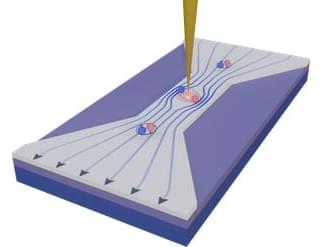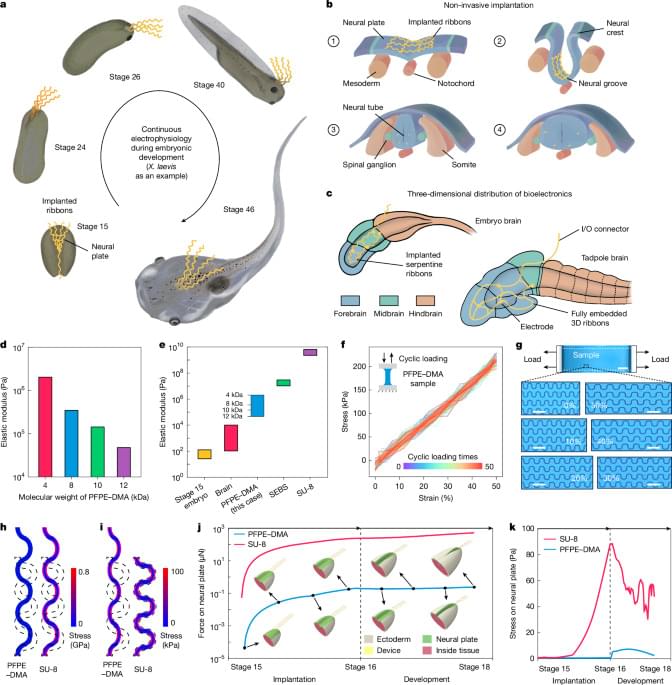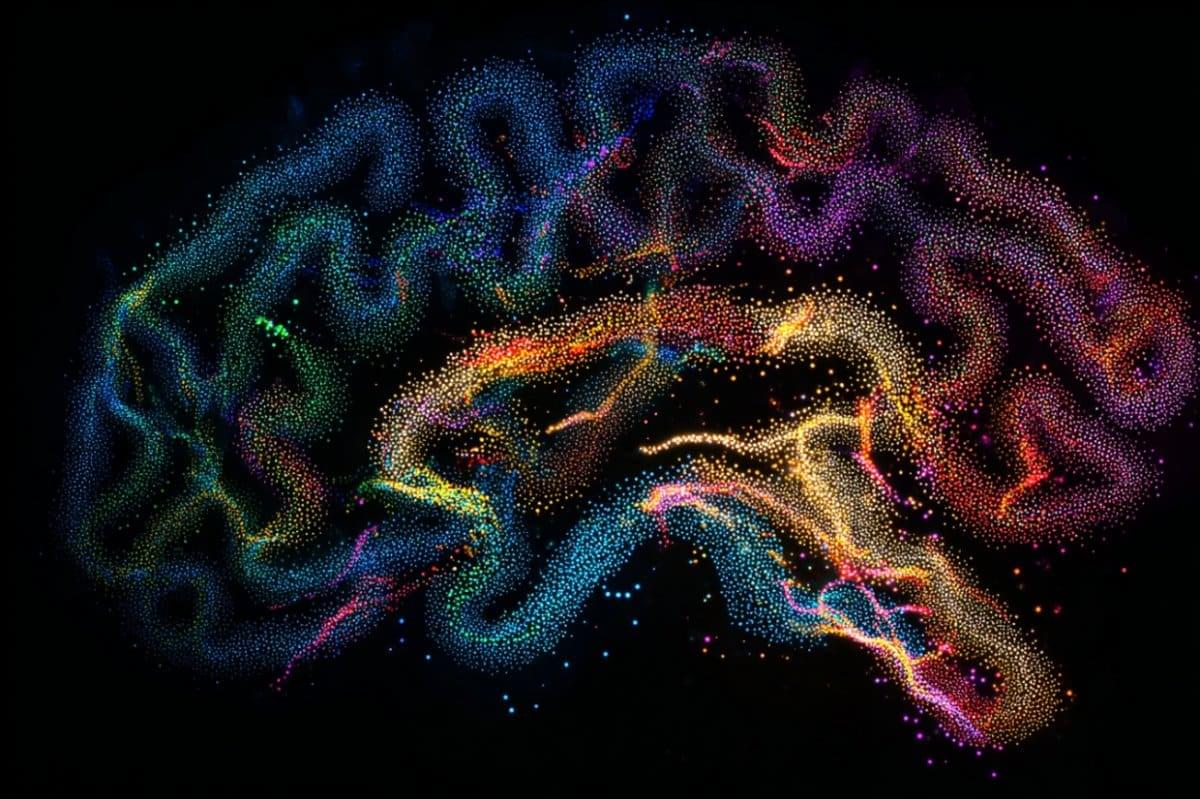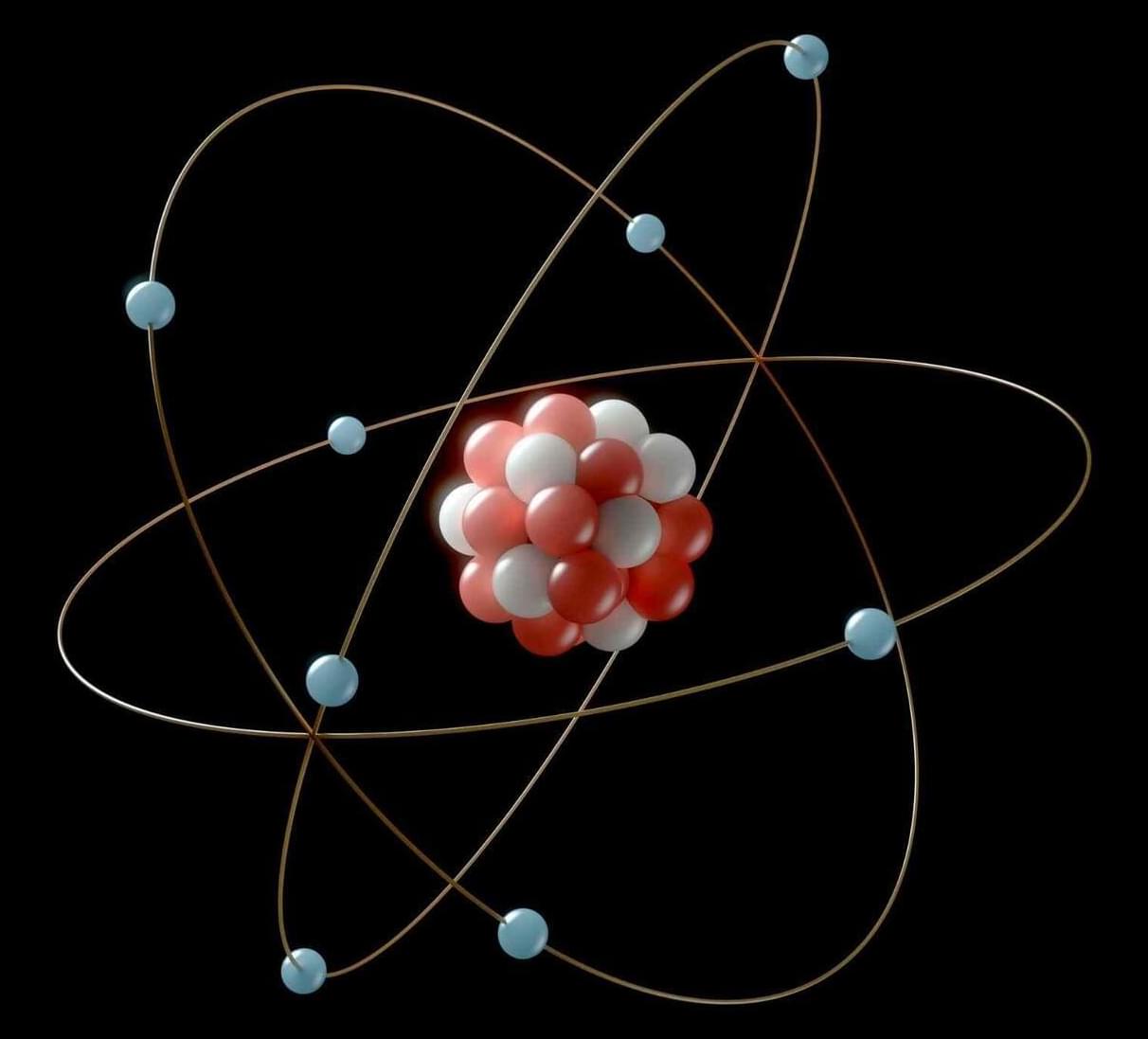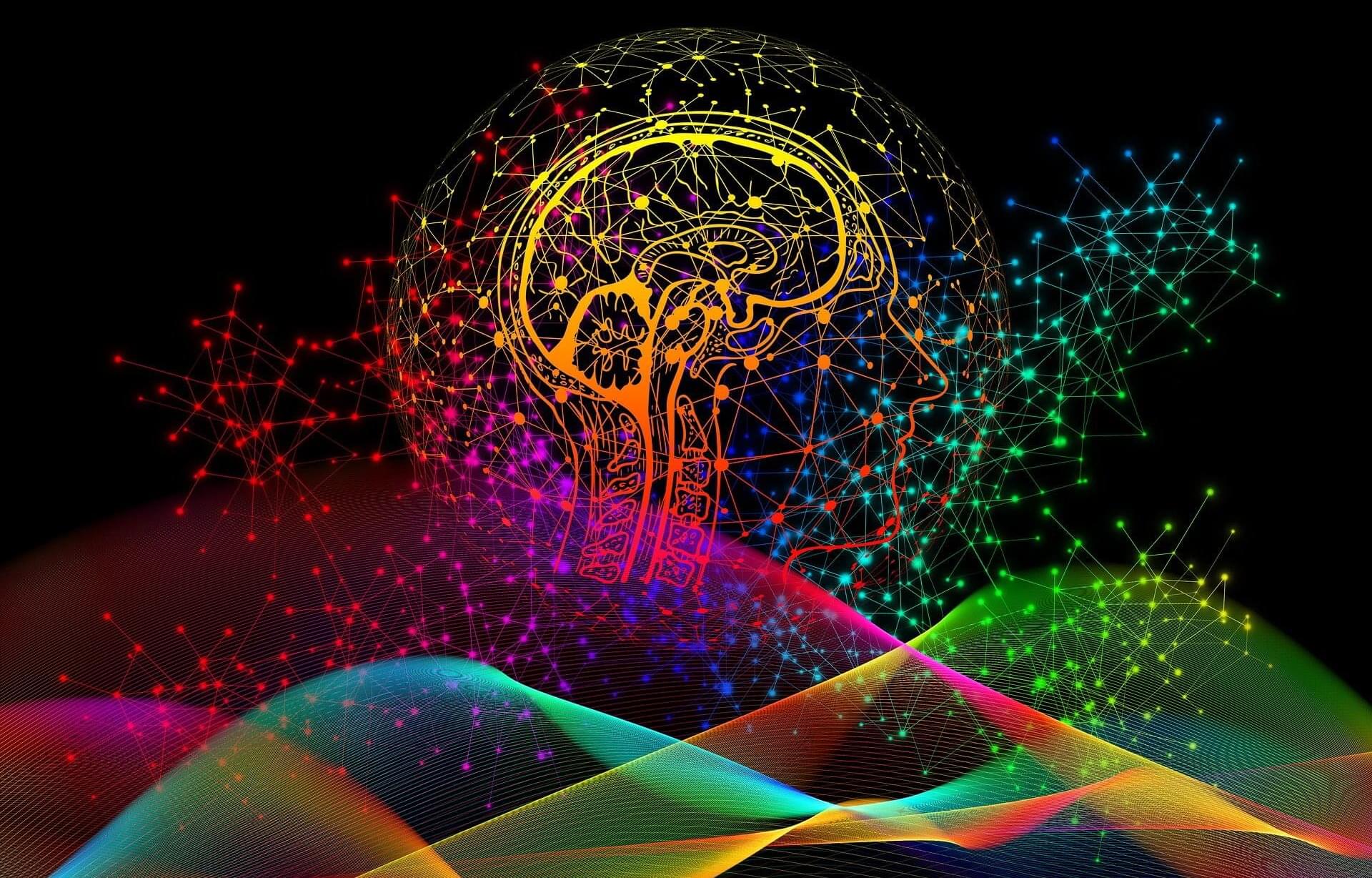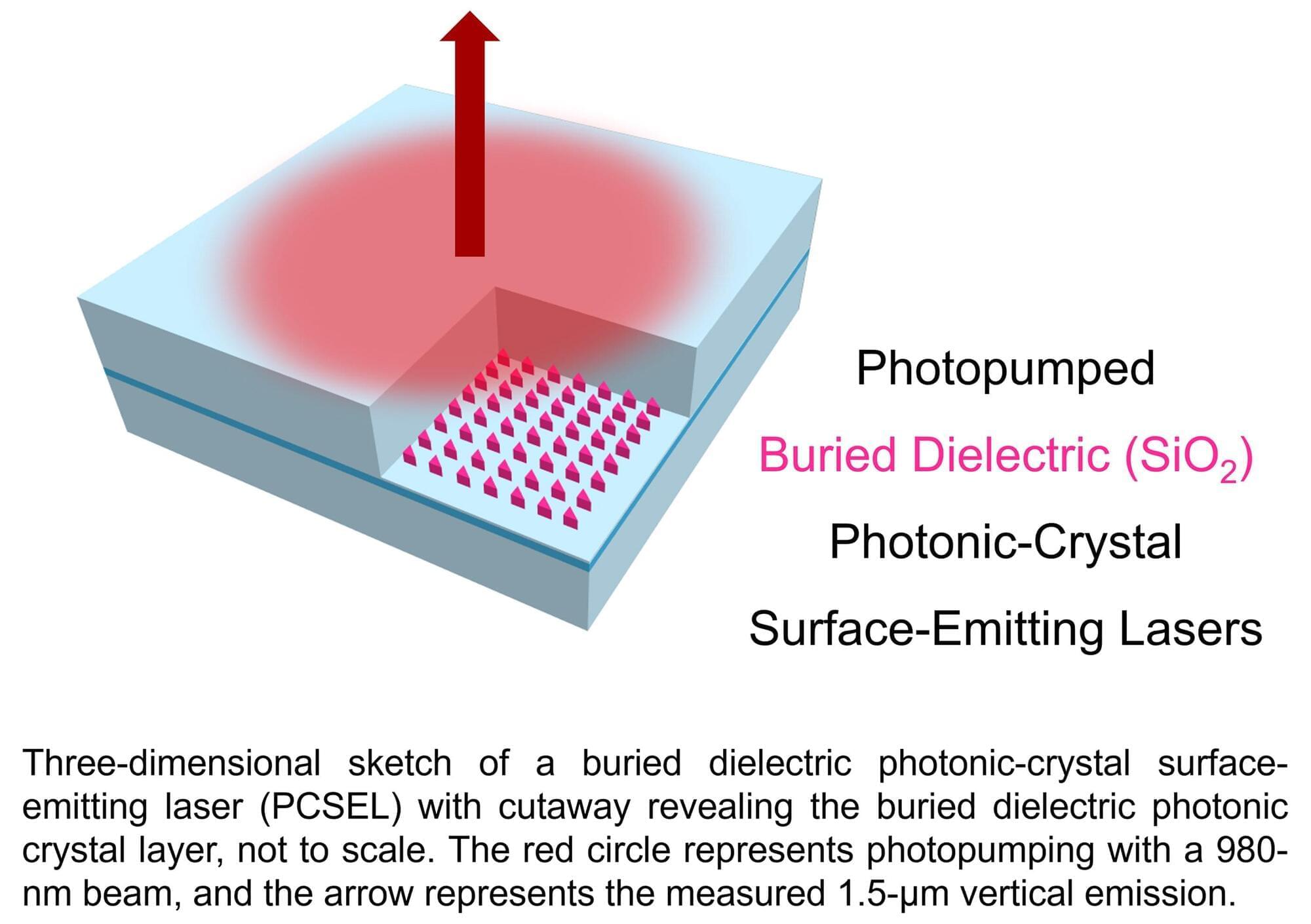We usually think of satellites as small objects orbiting planets or stars. But in the broader universe, galaxies themselves can have satellites—smaller galaxies bound by gravity that orbit a larger host, carrying with them stars, gas, dust, and dark matter.
Most of what we know about satellite galaxies comes from studying the Milky Way and other similarly large galaxies. But a new study led by Dartmouth astronomers broadens that understanding by exploring the satellites of dwarf galaxies—systems less than a tenth the size of the Milky Way.
The multi-institutional survey triples the number of dwarf galaxies surveyed for satellites, the researchers report in The Astrophysical Journal. The study identifies 355 candidate satellite galaxies, including 264 that were previously undocumented. The researchers suggest that 134 of these candidates are highly likely to be satellite galaxies.


